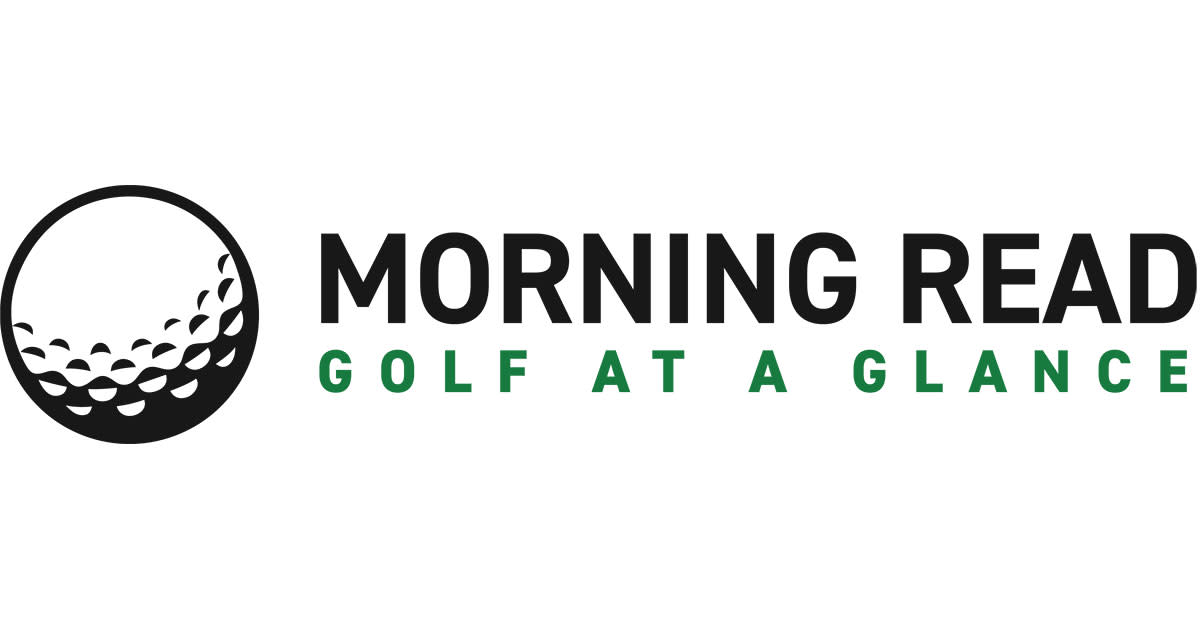
A precision device in a game that could use an egg timer
One of the things lost in the discussion about distance-measuring devices being allowed by the PGA of America is that weekend players tend to mimic the pros: clubs, balls, costumes, routines, etc. (“PGA of America OKs rangefinders for its big events,” Feb. 10).
Frankly, I couldn't care less about the pace or “flow” of play in professional tournaments, but I do care what happens at the local muni on Saturday morning.
While it's certainly possible for someone to use a DMD on every shot and not slow the pace of play at all, far too many players either don't know how or simply don't care.
Muni or public-links play, which I affectionately refer to as “peasant golf” (because I relate), already features two 17-handicappers sharing a cart, neither of whom has any intention of walking more than 5 yards to his ProV1. Back and forth across the fairways they go, making sure to take at least two full practice swings before every shot. Plus, all the plumb-bobbing and line-aligning on the greens, and their pre-shot calculations and routines don't even start until it's their turn to hit – habits they probably picked up from watching the pros on TV.
Their club-selection process is centered largely around the one time back in 2002 when they hit a 7-iron 170 yards (even though it probably hit a turtle or something along the way), oblivious to the fact that their normal 7-iron is closer to 150. For them, 170 is a 7-iron.
Would lasering the precise distance to the pin help their game? Doubtful.
But, hey, if Rory McIlroy is using one on Tour, right?
Before anyone gets on my case for picking on 17-handicappers, I'm not. I love those guys. They're the heart and soul of the game (and some of my best friends). But the most frustrating thing about a 4:45 round of golf isn't the 4 hours and 45 minutes spent on the course – there are a lot worse places to be – it's watching people in the group ahead of you take forever to hit a shot.
Jim Westerman
Hanover Park, Ill.
Bottom line for PGA’s OK of DMDs could be the bottom line
I have read with interest the (generally disapproving) reactions of many of Morning Read's readers to the news that players will be able to use rangefinders at the PGA Championship in May (“From the Morning Read inbox,” Feb. 11).
This same dispensation in favor of distance-measuring devices was granted to members of the PGA of Great Britain and Ireland in all of their tournaments about four or five years ago.
The reason, as I understood it, was that rangefinders provide club pros with a better margin of profit than any other equipment or apparel. It was therefore felt that continuing to shut these brands out was bad for business. Also, if the pros use them in their own competitions, it gives them a stronger understanding of how they work, to pass on to potential customers.
I have played in several pro-ams since then, and I can report that the use of rangefinders does not have an adverse effect on the pace of play. The opposition of caddies is due to them seeing this as the thin end of a wedge that might lead to a few pros dispensing with their services.
I can't see the PGA Tour following suit with this move; indeed, there's no reason why the Tour should, so its regular caddies' jobs are safe. But the PGA's overall membership of about 29,000 make their living not just from playing and teaching but from pro-shop sales. This is thus a tactical tip of the hat by the PGA to its grass roots, nothing more sinister.
Paul Trow
London
PGA’s move won’t hasten pace
The PGA of America always talks about pace of play. How in the world will the use of rangefinders and other devices in PGA tournaments speed up pace of play? (“PGA of America OKs rangefinders for its big events,” Feb. 10).
Will the caddies also be able to use rangefinders along with their bosses?
I honestly thought this day would come. It will be interesting to see whether the scores improve or decline with this new trend.
College golf has allowed the players to use these devices, and I am wondering what is the average time of a college round compared to a PGA of America round. Of course, the pros are playing for big money, and they need more time to think.
No matter what, you still have to hit the shot to the known distance.
Tom Nenos
River Ridge, La.
CBS could use some new blood
I strongly agree with prior admonitions regarding the stale pablum to which we are subjected during CBS golf telecasts (“From the Morning Read inbox,” Feb. 10, Feb. 11).
The network needs to reload its broadcasting crew, retaining only Jim Nantz, Nick Faldo and Dottie Pepper. Just about anyone else would be an improvement over the rest of the current announcers, with their same-old/same-old banter and their either agreeing with what another commentator has just said, or opining the obvious.
I wouldn’t go so far as to shoot my TV, but I would consider turning off the sound.
Bob Cushing
Carmel, Calif.
Morning Read invites reader comment. Write to editor Steve Harmon at steve@morningread.com. Please provide your name and city of residence. If your comment is selected for publication, Morning Read will contact you to verify the authenticity of the email and confirm your identity. We will not publish your email address. We reserve the right to edit for clarity and brevity.
Sign up to receive the Morning Read newsletter, along with Where To Golf Next and The Equipment Insider.